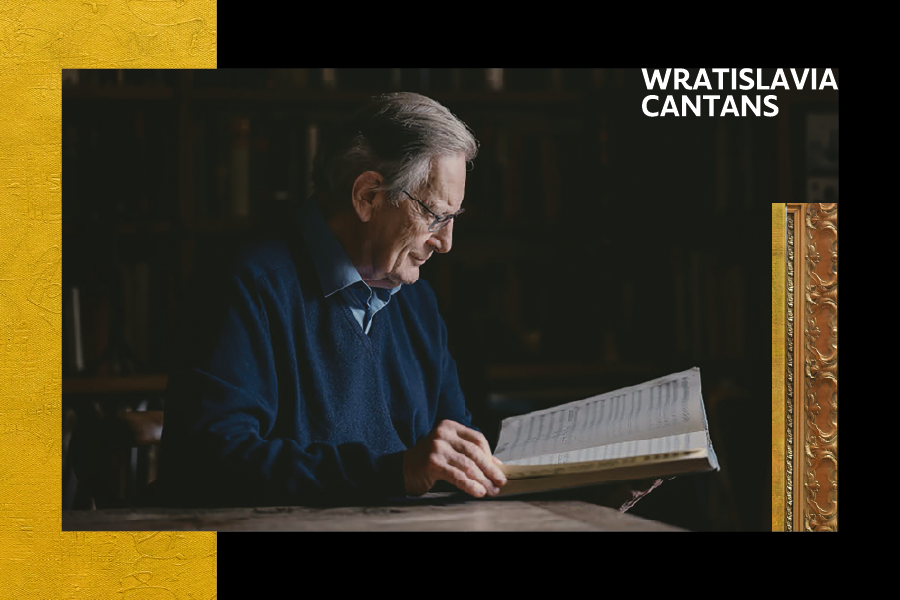In Wrocław, each appearance of John Eliot Gardiner is a great event. It is a guarantee of the highest quality of performance, as well as an opportunity to listen to groundbreaking, visionary interpretations of works that we often think we already know well. This time, the English conductor will present works by Felix Mendelssohn Bartholdy, leading two new ensembles that he founded last year – The Constellation Choir & Orchestra.
The Midsummer Night’s Dream Overture was composed in August 1826, when Mendelssohn was only seventeen years old. Due to its masterful orchestration, melodic inventiveness, individualism and evocative rendering of the mood of William Shakespeare’s comedy, the title of this work is often cited as proof of its author’s genius. Commentators paid special attention to fragments that were described as “elven music”, that is, sections maintained in quiet dynamics, fast tempo and small rhythmic values, giving an impression of sparkling and running away. At first, the Overture functioned as a very successful independent concert piece, and the composer had no intention of adding anything else to it. However, in 1842, the Prussian King Frederick William IV commissioned him to write music for the entire play. As a result, thirteen movements were created – some are intended for orchestra, others also feature a choir and two female solo voices. The Wedding March is by far the most popular. The great career of this piece began in 1858, when Queen Victoria decided to perform it during the wedding of her eldest daughter, also Victoria, to Prince Friedrich Hohenzollern, later Emperor Frederick III of Germany. The cantata Die erste Walpurgisnacht was also inspired by a work of literature. It was a poem by Johann Wolfgang Goethe, whom the young Mendelssohn knew and was friends with, despite the age difference of six decades. The poem was written before the composer was born. Goethe tried twice to persuade his friend Carl Friedrich Zelter to set the text to music, but nothing came of it. It was Mendelssohn who got interested in the poem and created the first version of the cantata in 1831 (it was given its final form in 1840). The piece consists of ten movements for orchestra, mixed choir and solo quartet. The title of this colourful and spectacular work refers to a pagan Germanic holiday – the night of the dead or evil spirits. It was commonly associated with the witches’ sabbath, believed to be held on the night of 30 April on the Brocken, the highest peak in the Harz Mountains. During the Walpurgisnacht dark forces and ancient ghosts came to the fore and forgotten gods returned to Earth.

